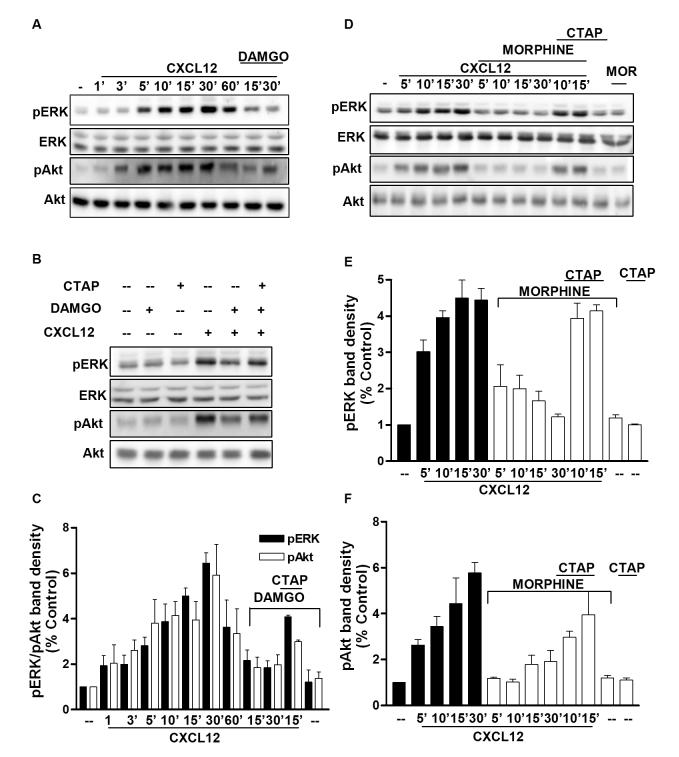FIGURE 1. μOR agonists inhibit CXCL12 signaling in glia-free neuronal cultures.
A) Effect of 1μM DAMGO (24hr) on ERK and Akt phosphorylation induced by CXCL12 (20nM) in neurons; membranes were stripped and re-probed for total ERK/Akt to confirm equal loading. Co-treatment with the MOR antagonist CTAP (1μM) abolishes DAMGO inhibition (B). The bar graphs (C) represent the mean ± S.E.M of pERK or pAkt band densities represented with respect to control levels from 5 identical independent experiments. The CXCL12 stimulation at 5, 10, 15 and 30 min are all significantly higher than control levels (p<.05). CXCL12 stimulation at 15 and 30 min after DAMGO pretreatment is significantly lower than CXCL12 alone (p<).05). In (D), neuronal cultures were treated with 1μM morphine (or vehicle) either in the presence or absence of 1μM CTAP for 24hr followed by 20nM CXCL12 for 5, 10, 15 or 30min. pERK or pAkt levels were measured by immunoblotting. Total protein levels (ERK /Akt) were probed for loading control. The bar graphs (E-F) represent the mean ± S.E.M of pERK or pAkt band densities with respect to control levels from 3 identical independent experiments. The CXCL12 stimulation at 5, 10, 15 and 30 min are all significantly higher than control levels (p<0.05). Morphine significantly blocks (p<0.05) CXCL12 induced ERK/Akt phosphorylation at all time points.

